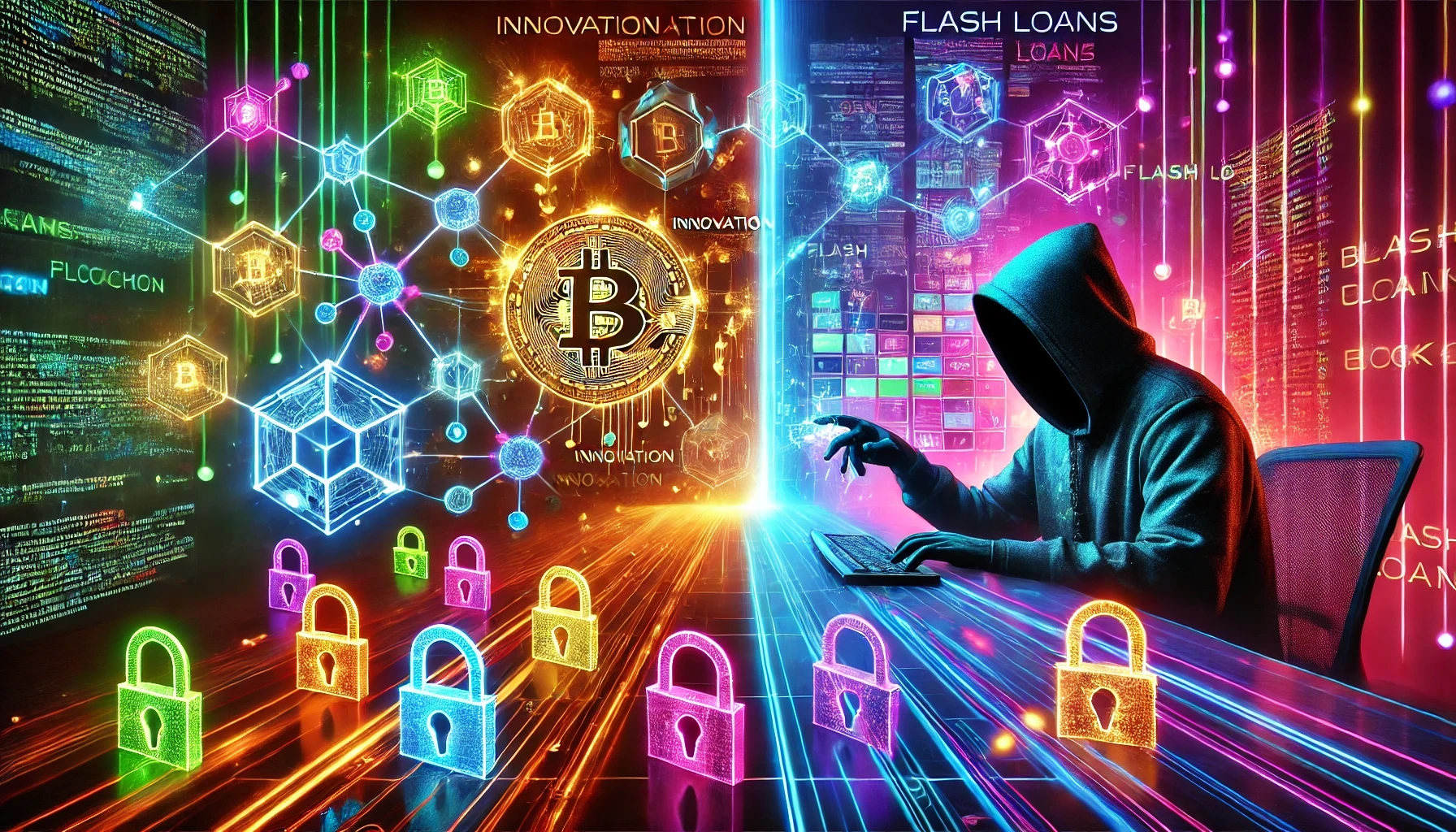What Are Flash Loans?
Flash loans are uncollateralized loans that allow users to borrow large sums of cryptocurrency instantly—as long as the loan is repaid within the same blockchain transaction. If the loan isn’t repaid, the transaction reverses, making it risk-free for lenders. These loans are unique to DeFi platforms like Aave and dYdX.
How Do Flash Loans Work?
Borrow: A user requests a loan from a DeFi protocol (e.g., $10 million in ETH).
Execute: The borrower uses the funds for arbitrage, collateral swaps, or other strategies—all within seconds.
Repay: The loan + fees must be repaid before the transaction ends. If not, the entire transaction cancels.
Example: A trader uses a flash loan to exploit price differences between DEXs (decentralized exchanges), profiting from arbitrage.
The Power of Flash Loans: Legitimate Use Cases
Arbitrage: Capitalize on price discrepancies across exchanges.
Debt Refinancing: Swap collateralized debt positions (e.g., on MakerDAO) without upfront capital.
Liquidation Prevention: Quickly repay undercollateralized loans to avoid penalties.
Protocol Efficiency: Improve liquidity and market stability in DeFi ecosystems.
The Dark Side: Flash Loans as a Hacker’s Tool
Flash loans’ anonymity and lack of collateral make them ideal for malicious actors. Common attack vectors include:
Price Manipulation: Borrow massive sums to distort oracle prices (e.g., the 2020 bZx hack).
Governance Attacks: Use borrowed tokens to sway voting in decentralized autonomous organizations (DAOs).
Liquidity Drain: Exploit vulnerabilities in lending protocols to siphon funds (e.g., PancakeBunny exploit).
Case Study: The 2021 Cream Finance hack saw attackers use a flash loan to steal $130 million by manipulating collateral values.
Why Are Flash Loans So Vulnerable?
Oracle Reliance: Many DeFi protocols depend on external price feeds, which can be manipulated.
Smart Contract Bugs: Flaws in code allow hackers to drain funds during the loan’s execution window.
Lack of Regulation: DeFi’s permissionless nature makes it harder to trace and prevent attacks.
Mitigating Risks: Can Flash Loans Be Safe?
Audits: Rigorous smart contract audits to identify vulnerabilities.
Decentralized Oracles: Use tamper-proof oracle networks like Chainlink.
Circuit Breakers: Implement transaction limits or delays during suspicious activity.
Insurance Protocols: Platforms like Nexus Mutual offer coverage against flash loan attacks.
The Future of Flash Loans
Flash loans are here to stay, but their future hinges on balancing innovation with security. Solutions like Layer 2 scaling, zero-knowledge proofs, and improved governance models could reduce risks while preserving their utility.
